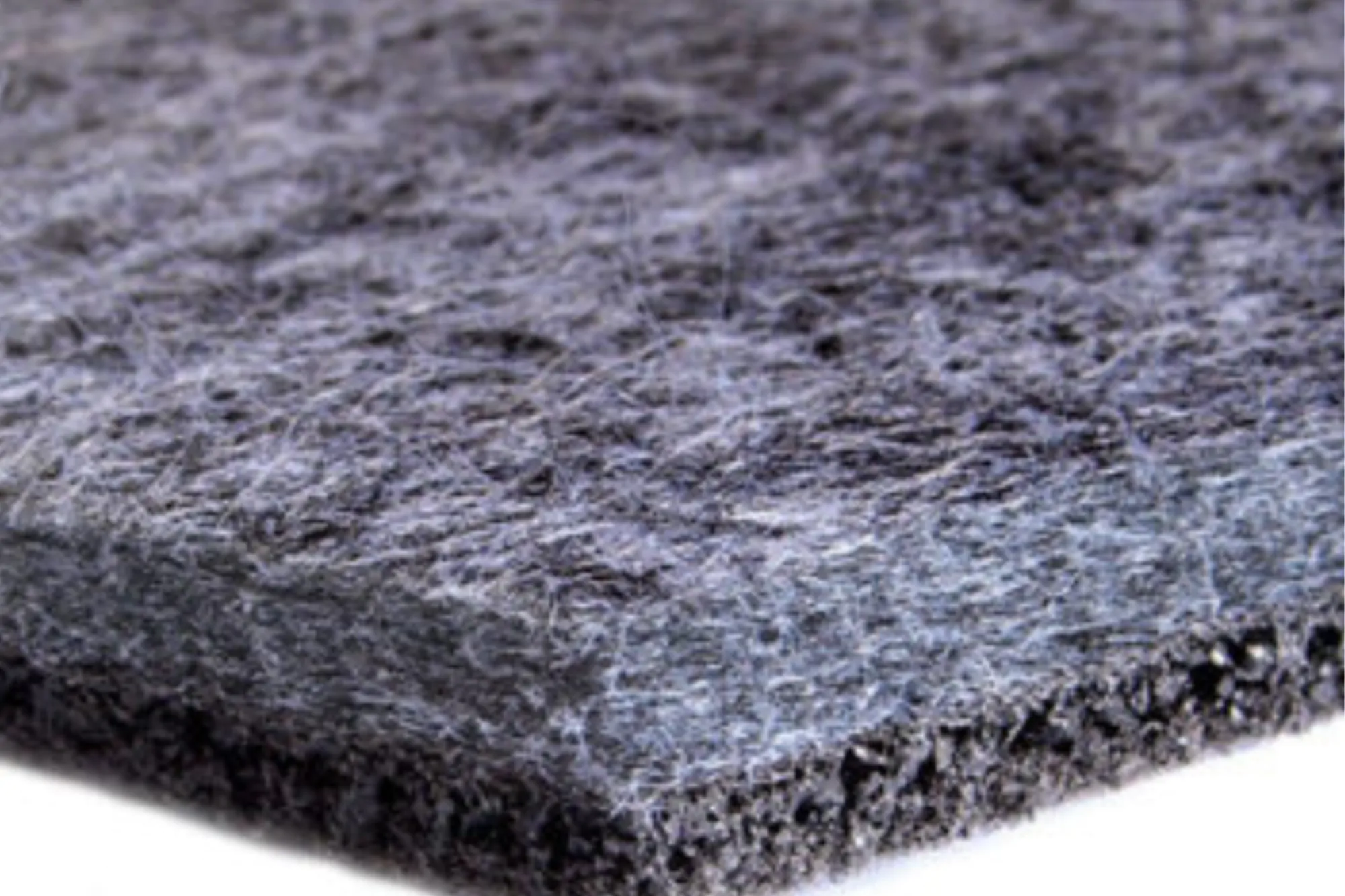Many upmarket homes come with deep, soft carpets or gleaming wooden floors. There is definitely something luxuriously decadent in walking around barefoot with soft flooring underfoot.
Those of us who have a little DIY knowledge (or a natural curiosity) understand the secret beneath these beautiful floors lies in the correct underlay.
Since everyone likes to be in on a secret, let’s take a look into the purpose of carpet underlay and the importance of choosing the right underlay for your flooring.
What Is Underlay?
Underlay is a layer that goes between your flooring and the concrete. It forms a base for whichever flooring you choose to have in your home. Just because you cannot see something doesn’t mean it is not vitally important to how something feels and wears.
Good quality carpet underlay can add up to 30% to the lifespan of your flooring. It also helps with wearing and maintenance. There are also a couple of added benefits of having the right underlay in your home.
- It adds depth and comfort to the cushioning of your floors
- It helps as a shock absorber and with protecting your flooring
- It helps with soundproofing and acts as a barrier against noise
- It can help with insulation which may help you save a bit of money at the end of each month
- It is not only for carpeting; it is used under luxury vinyl, laminate, and even wooden flooring
It is important to get new carpet underlay as well if you are getting new flooring. The reason for this is that the underlay wears with the flooring, and old underlay can cause your new flooring to wear unevenly or quicker than it should.
What to Use Where?
There are several kinds of underlay, depending on what flooring you have decided to get. Carpet underlay is different from the underlay needed under hardwood flooring.
Carpet Underlay
Let’s take a look at the carpet underlay first. Carpet underlay helps act as a shock absorber, letting carpets bounce back in heavy wear areas. It helps it look better for longer as it prevents the pile from becoming flattened too quickly.
Polyurethane
Rubber was previously the most popular choice for carpet underlay. Polyurethane has quickly overtaken rubber as the top choice in recent years and is made from offcuts or from recycled foam. Also known as PU, polyurethane comes in various densities and can be made to fit all floors and budgets.
Sponge Rubber
Sponge rubber is still a popular choice for underlays, especially since it is now produced synthetically. Rubber can be bought in various thicknesses and gives a luxurious, comfortable feel under your feet. You can choose a different thickness depending on which room, so thinner in the high-traffic areas with comfortable luxury in the master bedroom, for example.
Bear in mind if you have underfloor heating, there is a tog rating. This measures how easily the heat can move through the underlay. There is a special underlay that will be used in houses with underfloor heating.
Crumb Rubber
Every square meter of crumb rubber underlay contains at least one car tyre worth of rubber, and it is a great option for the high-traffic areas of your home. It is a highly durable carpet underlay and the best option for maintaining the look of your carpets.
Felt and Crumb Rubber Combination
Combining felt and crumb rubber offers the durability of a car tyre in every square meter alongside the comfort of felt. It is perfect to use in any and every room and is great for heat and sound insulation.
Hardwood Underlay
Next, we take a look at the underlay best used under hardwood flooring. Laminate, luxury vinyl, and wooden flooring require an underlay that minimizes the risk of flex in the material used as well as helping to protect the joints.
Luxury Vinyl Tile
This underlay is created from dense rubber and is paired perfectly with luxury vinyl flooring. It works well with underfloor heating and can reduce the noise in a room by up to 30%. It has a slightly sticky topside which makes it easier to install the vinyl.
Stepshield
Designed to be used as a wood and laminate underlay, this moisture-proof option offers great sound insulation. It is made from foam and is easy to install. It also helps cover any irregularities in the floors.
Timber Shield
Another option, especially for wood and laminate floors, this heavy-duty rubber has a fleece lining. This offers extra insulation and stability. It is a great option if you have heavy furniture as it has great resistance against flexing.
Low Thermal Resistance
These are the perfect options to use in a house with underfloor heating. These underlays are made from rubber that has a low tog rating allowing air to flow freely. This is an option for both hardwood floors and carpet underlay.
The Bits and Pieces
Once you have decided on your underlay, there are a few bits and pieces that you should familiarise yourself with before ordering your underlay. While items may be self-explanatory, others like door bars and scotia beading may need a little bit more research.
- Door bars are solid strips that cover the joins in a doorway
- Carpet grippers are pins or tacks helping hold the carpet in place
- Scotia beading is a decorative piece used to cover a gap without removing any skirting
- Radiator pipe covers add a finishing touch to where the pipe connects to the radiator
Under It All
The type of flooring you want will dictate the best type of underlay. The hardwood underlay offers support and noise reduction, whereas the carpet underlay adds to the plushness of your floors and maintains the look of your carpet.
If you are looking for more information on the best underlay to use, give us a call today, and one of our friendly staff members will answer any questions you have.


